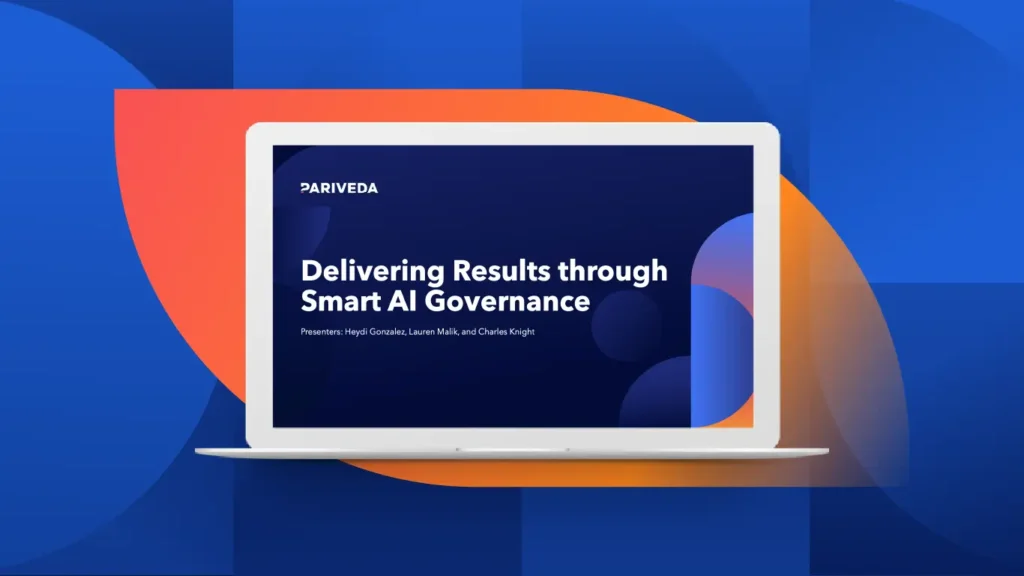Imagine you want to take a date to the movies on a Friday night. You could work out all the details on your own, including arranging a car ride, reserving a table at a restaurant, and buying your movie tickets in advance. Or you could simply state your plans out loud, rely on a smart speaker to understand your request, and trust that technology will be able to arrange your outing perfectly for you.
This scenario isn’t as far-flung as it seems, and it won’t be long before it’s in the realm of possibility. The above concept is the “Service Fabric of the future.”
So what is this Service Fabric of the future? Put simply, it involves artificial intelligence and machine learning working together to automate all sorts of ordinary tasks across multiple services. Once mature, it promises to introduce unparalleled convenience and endless accommodation in the office, at home, and everywhere in between.
It also represents a culmination of trends already sweeping through the IT world. Monolithic, siloed applications are increasingly being broken down into microservices. Users are then free to mix and match those services as needed rather than relying on developers to create all-encompassing apps. And as long as those services rely on open application program interfaces, they can be linked in ways that deliver maximum utility to end users.
It’s not difficult to understand why the Service Fabric will have such universal appeal, either. From a user’s perspective, it makes engaging with technology effortless while expediting mundane tasks. From a developer’s perspective, it integrates products and brands directly into the fabric of people’s lives. The benefits are undeniable — but don’t assume the Service Fabric is inevitable. Businesses will need to prepare now if they’re going to participate later.
Embracing the Service Fabric
As the Service Fabric of the future becomes a reality, companies involved in it will have a significant competitive advantage. In fact, this is already happening. Consider that more than a third of leading tech companies earn more than a quarter of their revenue directly from their APIs.
Given this opportunity, more companies are looking to share their data in ways they can monetize. When internal data management is lacking, however, that information isn’t always ready to be shared.
For example, hailing a car through a ride-sharing app could require up to 60 different microservices. If a ride-share company isn’t able to optimize, coordinate, and perfect each of those services, the entire system could dissolve. Maintaining that level of precision requires exceptional data management—the kind that’s focused on updating, integrating, and streamlining existing information.
This certainly isn’t an easy effort, but it’s an essential one for companies that want to be part of the Service Fabric. Only players with high-quality, democratized data will be able to participate—and those that don’t optimize their information will be left in the dust. Successful companies will soon market themselves to the fabric rather than the end user, and the lucky ones will have the market cornered. Depending on your organization, this will present an incredible opportunity or an alarming disadvantage. The camp you’ll fall into depends on the decisions you make today.
Preparing your data for prime time
Effective data management requires two critical components: honesty and planning. In regards to the first, companies must be truthful about the current state of their data. They must identify missing data, take action if data integration is lacking, and determine whether they need more governance overall. Most of all, they should be honest about the strengths and weaknesses of their datasets. Until they resolve those weaknesses, participating in the Service Fabric using open APIs is unrealistic.
Once that work is done, they can map out how to turn data into products. This might be a car and driver delivered on demand, or it could be 12 months of specialized manufacturing data. In essence, it’s anything that delivers added value to the end user. Finding the product inside the data isn’t easy. When companies are serious about data management, however, they tend to discover unexpected revenue streams in the process. Better yet, having high-quality, shareable data makes it easier to integrate those revenue streams with the Service Fabric.
With a quick Google search, you’ll find endless articles imploring companies to undergo digital transformation and become data-driven for all the wrong reasons. Optimizing data isn’t only about running a company more efficiently — it’s also about finding better ways to serve customers. The organizations that realize this first will reap significant rewards in the near future.























